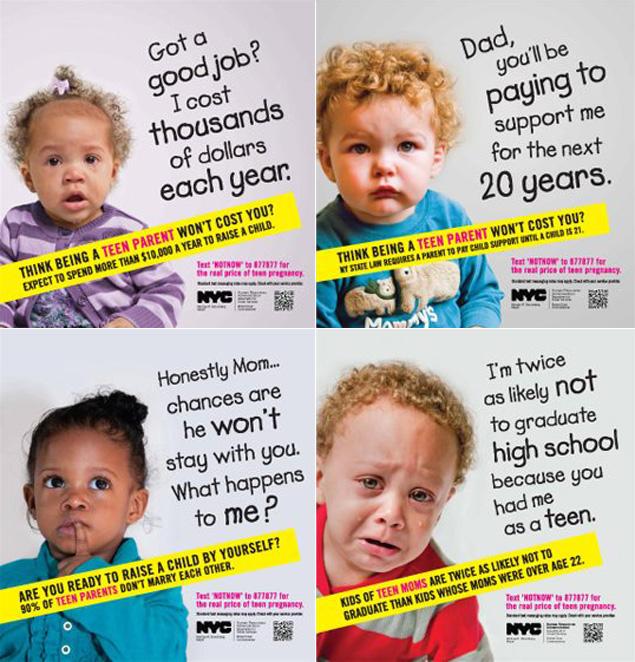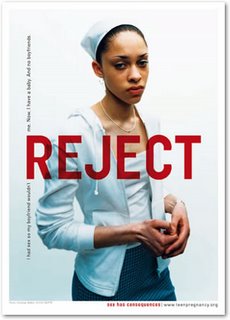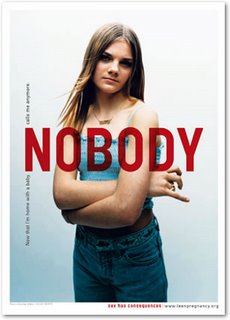Cross-posted at Family Inequality.
The other day I was surprised that a group of reporters failed to call out what seemed to be an obvious exaggeration by Republican Congresspeople in a press conference. Did the reporters not realize that a 25% unemployment rate among college graduates in 2013 is implausible, were they not paying attention, or do they just assume they’re being fed lies all the time so they don’t bother?
Last semester I launched an aggressive campaign to teach the undergraduate students in my class the size of the US population. If you don’t know that – and some large portion of them didn’t – how can you interpret statements such as, “On average, 24 people per minute are victims of rape, physical violence, or stalking by an intimate partner in the United States.” In this case the source followed up with, “Over the course of a year, that equals more than 12 million women and men.” But, is that a lot? It’s a lot more in the United States than it would be in China. (Unless you go with, “any rape is too many,” in which case why use a number at all?)
Anyway, just the US population isn’t enough. I decided to start a list of current demographic facts you need to know just to get through the day without being grossly misled or misinformed – or, in the case of journalists or teachers or social scientists, not to allow your audience to be grossly misled or misinformed. Not trivia that makes a point or statistics that are shocking, but the non-sensational information you need to know to make sense of those things when other people use them. And it’s really a ballpark requirement; when I tested the undergraduates, I gave them credit if they were within 20% of the US population – that’s anywhere between 250 million and 380 million!
I only got as far as 22 facts, but they should probably be somewhere in any top-100. And the silent reporters the other day made me realize I can’t let the perfect be the enemy of the good here. I’m open to suggestions for others (or other lists if they’re out there).
They refer to the US unless otherwise noted:
| Description | Number | Source |
| World Population | 7 billion | 1 |
| US Population | 316 million | 1 |
| Children under 18 as share of pop. | 24% | 2 |
| Adults 65+ as share of pop. | 13% | 2 |
| Unemployment rate | 7.6% | 3 |
| Unemployment rate range, 1970-2013 | 4% – 11% | 4 |
| Non-Hispanic Whites as share of pop. | 63% | 2 |
| Blacks as share of pop. | 13% | 2 |
| Hispanics as share of pop. | 17% | 2 |
| Asians as share of pop. | 5% | 2 |
| American Indians as share of pop. | 1% | 2 |
| Immigrants as share of pop | 13% | 2 |
| Adults with BA or higher | 28% | 2 |
| Median household income | $53,000 | 2 |
| Most populous country, China | 1.3 billion | 5 |
| 2nd most populous country, India | 1.2 billion | 5 |
| 3rd most populous country, USA | 315 million | 5 |
| 4th most populous country, Indonesia | 250 million | 5 |
| 5th most populous country, Brazil | 200 million | 5 |
| Male life expectancy at birth | 76 | 6 |
| Female life expectancy at birth | 81 | 6 |
| National life expectancy range | 49 – 84 | 7 |
Sources:
1. http://www.census.gov/main/www/popclock.html
2. http://quickfacts.census.gov/qfd/states/00000.html
3. http://www.bls.gov/
4. Google public data: http://bit.ly/UVmeS3
5. https://www.cia.gov/library/publications/the-world-factbook/rankorder/2119rank.html
6. http://www.cdc.gov/nchs/hus/contents2011.htm#021
7. https://www.cia.gov/library/publications/the-world-factbook/rankorder/2102rank.html
Philip N. Cohen is a professor of sociology at the University of Maryland, College Park, and writes the blog Family Inequality. You can follow him on Twitter or Facebook.


























